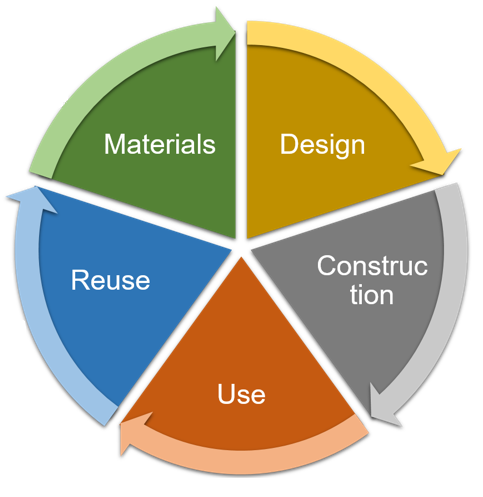Review on recent advances of sustainable engineered/strain-hardening cementitious composites (ECC/SHCC) with ultrahigh-volume pozzolan
DOI:
https://doi.org/10.21809/rilemtechlett.2022.152Keywords:
Engineered Cementitious Composite (ECC), Strain-Hardening Cementitious Composites (SHCC), Fly Ash, Calcined Clay, Environmental ImpactAbstract
Engineered Cementitious Composites (ECC, also known as Strain-Hardening Cementitious Composites or SHCC) are a family of high-performance fibre-reinforced cement-based materials. With the ultimate tensile strain of over 1% and the self-controlled crack width of less than 100 μm, ECC enables high damage tolerance and outstanding durability under various environments for infrastructure. Owing to the absence of coarse aggregates and the low content of fine aggregates, the cement content in conventional ECC can be over 600 kg/m3, which is undesirable for low-carbon buildings and infrastructure. Ultrahigh-volume (over 60%) pozzolan has been explored to produce sustainable ECC. This article reviews recent advances of sustainable ECC with ultrahigh-volume Class F fly ash or limestone calcined clay. These sustainable ECC either match or surpass mechanical properties and durability characteristics of conventional ECC, while their carbon footprint and embodied energy are much lower than those of conventional ECC. This review article sheds light on fundamental and applied studies on sustainable ECC.

Downloads
Published
How to Cite
Issue
Section
License
Copyright (c) 2022 Dhanada Mishra, Haoliang Wu, Jing Yu, Christopher Leung

This work is licensed under a Creative Commons Attribution 4.0 International License.
Authors retain copyright of the articles published in RILEM Technical Letters and grant the journal the right of first publication with open access. The work is simultaneously licensed under Creative Commons Attribution 4.0 International License (CC BY 4.0) that allows others to share and adapt the work under the following terms: 1) a proper attribution is given in a form of a reference to the original work's authorship and initial publication in RILEM Technical Letters (bibliographic record with the DOI link); 2) a link to the license is provided; 3) the changes (if any) are indicated.









